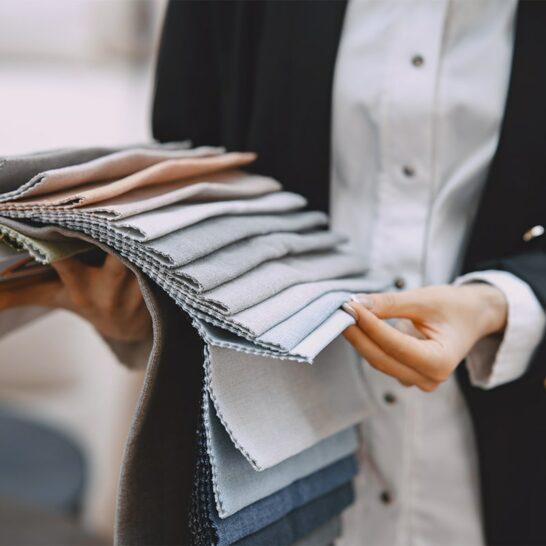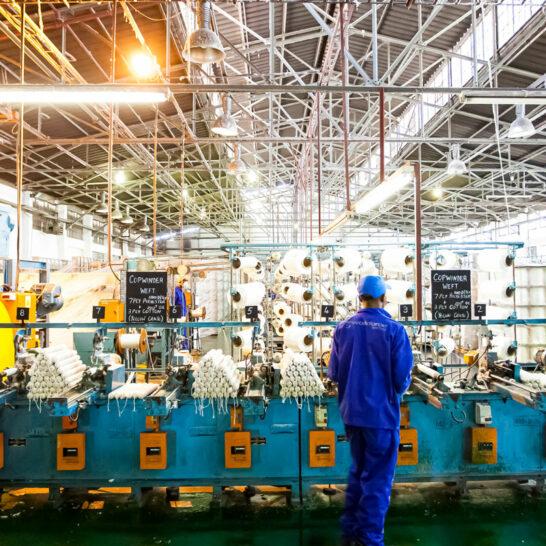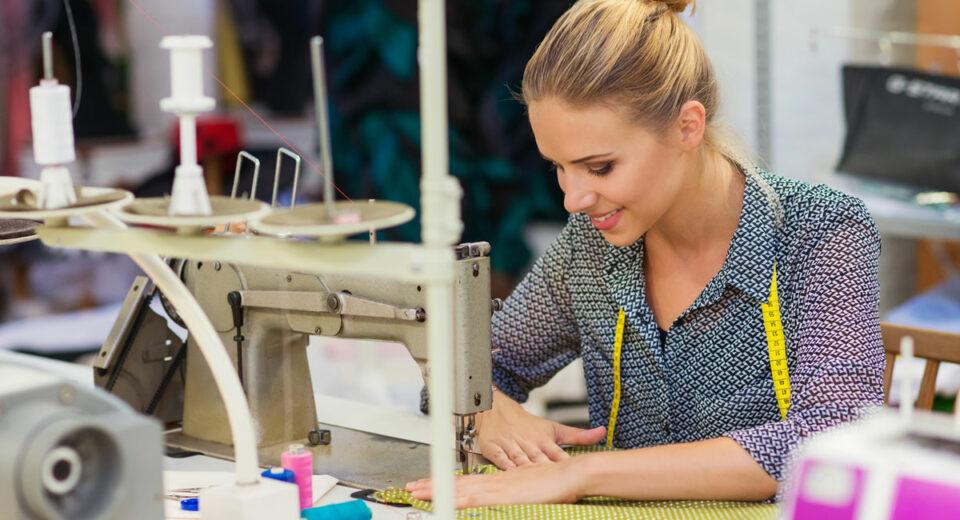Most Used Fabric in Men’s High-End Fashion

Title: Exploring the Most Used Fabric in Men’s High-End Fashion
In the realm of men’s high-end fashion, every detail matters, from intricate designs to impeccable craftsmanship. Among the myriad elements that contribute to the allure of luxury menswear, fabric selection plays a pivotal role. The choice of fabric not only influences the look and feel of a garment but also reflects the brand’s commitment to quality and refinement. While a wide array of fabrics are utilized in high-end menswear, there is one particular material that stands out for its versatility, elegance, and timeless appeal. Let’s delve into the world of luxury menswear and explore the most used fabric that graces the wardrobes of discerning gentlemen: wool.
**Wool: The Epitome of Elegance**
Renowned for its luxurious texture, exceptional durability, and natural insulating properties, wool has long been cherished as a quintessential fabric in men’s high-end fashion. Derived from the fleece of sheep and other animals, wool is prized for its softness, warmth, and breathability, making it an ideal choice for a wide range of garments, from suits and coats to sweaters and trousers.
**Versatility and Performance**
One of the key attributes that make wool a favorite among menswear designers is its remarkable versatility. Wool fabrics come in various weights, weaves, and finishes, allowing for endless possibilities in design and styling. Whether crafting a lightweight summer suit or a cozy winter overcoat, wool offers unparalleled versatility and performance, ensuring comfort and sophistication in any season.
**Timeless Elegance**
In addition to its practical benefits, wool exudes an air of timeless elegance that resonates with the aesthetic sensibilities of high-end menswear. The natural luster and drape of wool fabrics lend a sense of refinement and sophistication to garments, elevating even the simplest of designs to sartorial excellence. Whether woven into classic herringbone or subtle pinstripe patterns, wool exudes an understated luxury that transcends fleeting trends.
**Luxurious Varieties**
Within the realm of luxury menswear, several varieties of wool are particularly prized for their exceptional quality and luxurious appeal. Merino wool, renowned for its fine fibers and soft hand feel, is often favored for tailored suits and knitwear. Cashmere, derived from the undercoat of cashmere goats, is prized for its unparalleled softness and warmth, making it a coveted choice for sweaters, scarves, and outerwear. Similarly, vicuña wool, sourced from the rare vicuña species native to the Andes, is celebrated for its unparalleled softness, rarity, and exclusivity, commanding premium prices in the world of luxury menswear.
**Sustainability and Ethical Sourcing**
Beyond its aesthetic and performance attributes, wool is also valued for its sustainability and ethical credentials. As a renewable and biodegradable fiber, wool embodies principles of environmental stewardship and responsible consumption. Moreover, many luxury menswear brands prioritize ethical sourcing practices, ensuring the welfare and humane treatment of animals in the production of wool.
In conclusion, wool stands as the epitome of elegance and sophistication in men’s high-end fashion, beloved by designers and discerning gentlemen alike for its versatility, durability, and timeless appeal. As a fabric that embodies tradition, craftsmanship, and luxury, wool continues to inspire sartorial excellence and redefine the standards of menswear sophistication for generations to come. Whether woven into tailored suits, outerwear, or knitwear, wool remains an enduring symbol of refined taste and understated luxury in the world of fashion.
Top Challenges Of Fashion Industry Encounter While Embracing Circularity.

Title: Navigating the Top Challenges of the Fashion Industry While Embracing Circularity
In recent years, the concept of circularity has gained significant traction within the fashion industry as a sustainable approach to production and consumption. Circular fashion aims to minimize waste, reduce environmental impact, and promote resource efficiency by designing products with longevity in mind and incorporating principles such as recycling, upcycling, and closed-loop systems. While the shift towards circularity holds great promise for transforming the fashion industry, it also presents a unique set of challenges that must be addressed. Let’s explore some of the top challenges encountered by the fashion industry as it embraces circularity and seeks to revolutionize its practices.
**1. Supply Chain Complexity**
One of the primary challenges facing the fashion industry in embracing circularity is the inherent complexity of its global supply chain. From raw material sourcing to manufacturing, distribution, and retail, fashion supply chains are vast and interconnected, often involving numerous stakeholders across different continents. Implementing circular practices requires collaboration and coordination among these stakeholders to ensure transparency, traceability, and accountability throughout the supply chain. Overcoming supply chain complexity is essential to effectively integrate circular principles and drive meaningful change.
**2. Material Innovation and Recyclability**
Circular fashion hinges on the use of sustainable materials and the adoption of recyclable, biodegradable, or compostable alternatives to conventional fabrics. However, developing and scaling up innovative materials that meet the performance, durability, and aesthetic requirements of the fashion industry remains a significant challenge. While strides have been made in this area, there is still a need for further research, investment, and technological advancements to expand the range of sustainable materials available to designers and manufacturers.
**3. Consumer Behavior and Education**
Shifting consumer behavior towards more sustainable and circular consumption patterns is crucial for the success of circular fashion initiatives. However, achieving widespread adoption requires robust education, awareness-raising, and marketing efforts to inform consumers about the environmental and social impacts of their purchasing decisions. Moreover, there is a need to address consumer perceptions around circular products, including concerns about quality, affordability, and fashion trends. Empowering consumers to make informed choices and encouraging them to embrace circularity is a multifaceted challenge that requires collaboration between industry stakeholders, policymakers, and advocacy groups.
**4. Infrastructure and Recycling Facilities**
Effective implementation of circular fashion relies on robust infrastructure for recycling and waste management. However, existing infrastructure for textile recycling and processing is often insufficient to handle the volume and diversity of materials generated by the fashion industry. Building and scaling up recycling facilities, developing efficient collection and sorting systems, and investing in advanced recycling technologies are essential steps towards creating a circular economy for fashion. Additionally, fostering collaboration between public and private sectors to invest in infrastructure development and incentivize circular practices is critical for overcoming this challenge.
**5. Economic Viability and Business Models**
Circularity in fashion requires a fundamental shift in business models towards models that prioritize longevity, durability, and resource efficiency over traditional models based on fast fashion and planned obsolescence. However, transitioning to circular business models poses economic challenges for fashion companies, including upfront investment costs, changes in production processes, and potential revenue impacts. Balancing the pursuit of sustainability with financial viability and profitability is a delicate yet essential aspect of embracing circularity in the fashion industry.
In conclusion, while the journey towards circularity in the fashion industry is fraught with challenges, it also presents unprecedented opportunities for innovation, collaboration, and positive impact. By addressing these challenges head-on and fostering collective action across the industry, stakeholders can pave the way for a more sustainable and resilient future for fashion. Embracing circularity is not only an imperative for addressing pressing environmental and social issues but also a pathway towards creating a more equitable and regenerative fashion ecosystem for generations to come.
Importers Achieves Saving Through Logistic First Sale Rule Delivering.

Title: Achieving Savings Through Logistic First Sale Rule Deliveries: A Game-Changer for Importers
In the complex landscape of international trade, importers constantly seek ways to optimize costs and streamline operations. One strategy gaining traction in recent years is the Logistic First Sale (LFS) rule, a mechanism that offers significant savings and efficiencies for businesses engaged in importing goods. By leveraging LFS deliveries, importers can unlock a range of benefits, from reduced customs duties to streamlined logistics processes. Let’s delve deeper into how the Logistic First Sale rule is transforming the import landscape and empowering businesses to achieve substantial savings.
**Understanding the Logistic First Sale Rule**
At its core, the Logistic First Sale rule allows importers to declare the transaction value of goods based on the price at which they were initially sold from the manufacturer to an intermediary, rather than the final sale price to the importer. This intermediary is often a trading company or distributor, and the transaction value typically excludes subsequent markups and commissions. By utilizing this rule, importers can significantly lower the customs value of their goods, thereby reducing the duties and taxes payable upon entry into the importing country.
**Unlocking Cost Savings**
One of the most compelling advantages of the Logistic First Sale rule is its potential for cost savings. By declaring a lower customs value based on the first sale price, importers can effectively minimize the duties and taxes levied on their imports. This reduction in financial outlay can translate into tangible savings for businesses, bolstering their bottom line and enhancing competitiveness in the marketplace. Moreover, these savings can be particularly impactful for high-value goods or industries with tight profit margins, where even minor adjustments in costs can yield significant benefits.
**Streamlining Logistics Processes**
In addition to cost savings, the Logistic First Sale rule offers logistical advantages that can enhance operational efficiency for importers. By aligning customs declarations with the initial sale price, businesses can simplify documentation and streamline compliance processes. This not only reduces administrative burdens but also accelerates clearance times at customs checkpoints, facilitating faster movement of goods through the supply chain. As a result, importers can minimize delays, optimize inventory management, and improve overall supply chain responsiveness.
**Navigating Compliance and Documentation**
While the benefits of the Logistic First Sale rule are compelling, it is essential for importers to navigate compliance requirements and documentation accurately. Adherence to relevant regulations and guidelines is crucial to ensure smooth customs clearance and mitigate the risk of penalties or audits. Importers must maintain detailed records documenting the first sale transaction, including invoices, contracts, and other relevant documentation. Additionally, collaboration with experienced customs brokers or logistics providers can help ensure compliance and maximize the benefits of the LFS rule.
**Looking Ahead: Maximizing Opportunities**
As global trade continues to evolve, importers must remain agile and proactive in exploring opportunities to optimize their operations. The Logistic First Sale rule represents a powerful tool for achieving cost savings and efficiencies in the import process. By embracing this mechanism, businesses can unlock tangible benefits that enhance competitiveness and drive sustainable growth. As importers navigate the complexities of international trade, the Logistic First Sale rule stands as a testament to the transformative potential of innovative strategies in driving success in the global marketplace.
Can Textiles Lead The Way During The Pandemic?

In the wake of the COVID-19 pandemic, industries across the globe have been forced to adapt rapidly to new challenges. Among these, the textile industry has emerged as a surprising frontrunner in innovation and resilience. While traditionally associated with fashion and interior design, textiles have proven to be versatile allies in the fight against the pandemic. From producing protective gear to developing antiviral fabrics, the textile sector has demonstrated its potential to lead the way during these unprecedented times.


